How Much Salt Do I Need?
Vital Information About Our Salt Requirement
Sodium is a mineral that is essential to our health. Our body needs it to regulate our body water balance, blood pressure and blood volume and also for proper functioning of our muscles and nerves.
The largest source of sodium in our food is table salt. Almost all components of our food, including milk and water, naturally contain sodium.
All the fried snacks (‘farsan’ or ‘namkin’) are high in sodium.
All fast foods like ‘wadas’, burgers, pizzas are high in sodium.
Indian foods like pickles, chatnis and papad are all high sodium foods.
Dried fish including prawns available in India are very high in salt content.
All sauces like Worcestershire sauce, soya sauce and garlic sauce are high in sodium content.
Processed meats like salami, bacon, sausage and ham, and canned soups and vegetables are high in sodium.
Many people imagine that rock salt or ‘saindhav’ is healthy. It isn’t. It contains as much sodium as table salt. So don’t replace table salt with saindhav imagining it to be the healthier option. And since it tastes less salty, most people end up using it more than table salt and in fact get more sodium than when they use table salt.
‘Chat masala’ is also a source of sodium. It is extremely unwise to use it liberally. In fact, best is to avoid it altogether.
The glamorous super chefs on television have popularized sprinkling of ample table salt and also chat masala on their cookery shows with such panache, such flamboyance that you are tempted to imitate them!
So you can see that sodium is easy to get amply and difficult to restrict.
The surest way to go overboard with our capacity to acquire a bad habit like overeating or over-drinking is to recklessly persist with it. Same holds true to eating too much salt. The more we eat it, the more do our taste buds demand it for the same level of the pleasure of eating salty food.
Gradually you can over-consume food, sugar, salt and even alcohol in quantities you couldn’t possibly have consumed previously. Your capacity of consuming food, alcohol or salt keeps going up.
So the same applies in equal measure to eating sweets! The more you eat sweet foods, the more you can eat it!
Give your taste buds a chance to adjust to low sugar, low salt food and in a few weeks you will find that you cannot eat as sweet or as salty food any more!
Too much sodium can lead to water retention and high blood pressure. Your doctor may ask you to cut down on your sodium (salt) intake if your blood pressure is high or you have oedema (swelling) on your body.
Water retention in people with congestive heart failure, liver cirrhosis, or kidney disease can lead to grave consequences. Such people are usually put on strict sodium-restricted diets by their doctors.
A healthy adult should consume less than 2,300 mg of sodium a day while individuals with high blood pressure should consume no more than 1,500 mg a day. Those with congestive heart failure, liver cirrhosis, and kidney disease may need much lower amounts.
One teaspoon of table salt contains 2,300 mg of sodium. Plus every food item that you consume and also the water that you drink contain sodium.
So you can easily see that your food should not contain any more than three fourth of a teaspoon of table salt, perhaps even a little less than that may be better! Most people easily eat much more!
A renowned Pune, India, doctor goes so far as to say that we don’t need to add table salt to our food at all, all our food is naturally endowed with all the salt we need for absolute health! And I couldn’t agree with him more!
But following his advice will take a radical change in our thinking, which can only happen with great difficulty. Also it will present some practical difficulties, like say when you eat out, in a restaurant.
But it is not very difficult to get used to low salt food. Fortunately, our taste buds are not difficult to manipulate. If you start eating low salt food consciously and persist with it for a few weeks, you can train them to get used to low salt food, just as easily as you trained them to enjoy overeating it. And then you would find it tough to get back to eating high salt food again.
Incidentally, the same principle applies to food and sweets. Eat food and sweets sensibly and moderately for a few weeks and you can train your taste buds, brain and tummy to get adjusted to the new levels quickly.
So it is vital that we constantly remain aware that we must consume food, salt, sweets and alcohol with care! Moderation is the key! It will create optimum health, lack of it will destroy it!
It is vital that we cook low salt food at home and ensure that our children learn to eat low salt food from childhood. Once low salt food becomes a culture for them, they won’t have any problem eating salt in moderation later in life.
So the best plan is to set aside just under three fourth of a teaspoon of salt per adult in your family and cook all your family meals from this salt. This, of course, is applicable to otherwise healthy families.
This also requires that your food does not include the above mentioned high sodium foods on daily basis.
If your family members eat all meals at home and eat on par with each other, everyone will get the measured amount of salt.
In contrast to sodium, potassium helps us lower our blood pressure.
Potassium relaxes our muscles, and relaxing the smooth muscles in the arterial walls relaxes the arteries and this helps lower our blood pressure.
We need potassium also for the electrolyte and acid base balance of the body and normal functioning of the muscles and nerves.
We get potassium from fresh vegetables, fruits and pulses.
While it is very easy to get sodium amply from most of your food as well as water, you have to choose right foods consciously to get adequate potassium.
Therefore you have to consciously avoid high sodium food and keep your sodium consumption low and eat more of vegetables, fruits and pulses to get adequate potassium, whether your blood pressure is high or normal, to protect yourself from heart disease and strokes.
If you consciously reduce your sodium consumption and increase your potassium consumption, you will protect yourself from heart disease and strokes.
Also read the article ‘Preventing Hypertension‘ on this website.

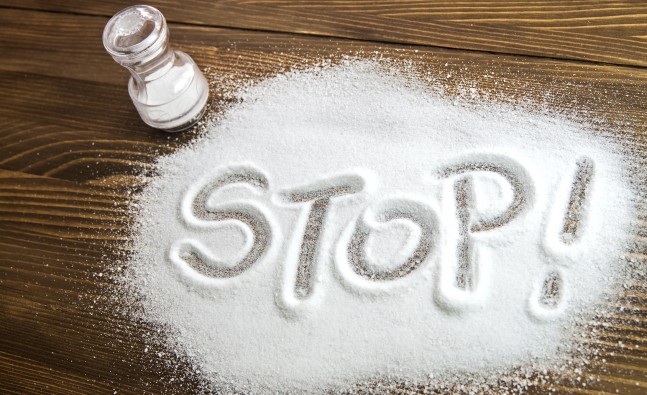
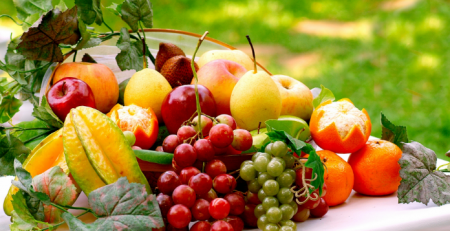
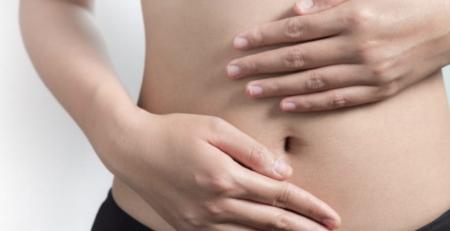
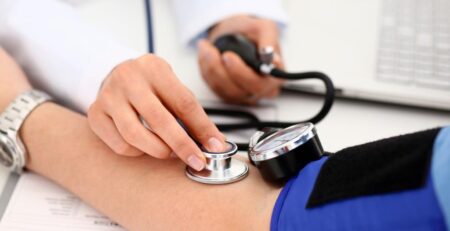
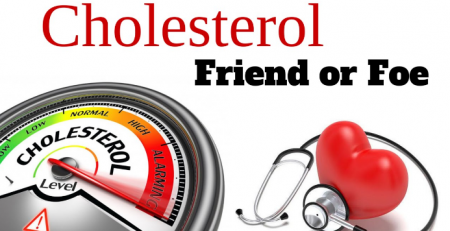



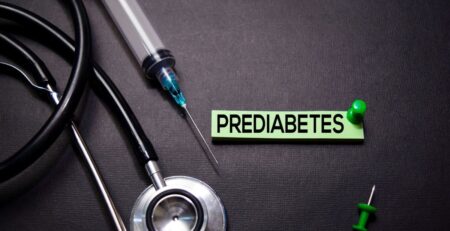
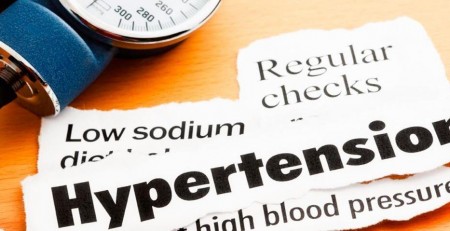
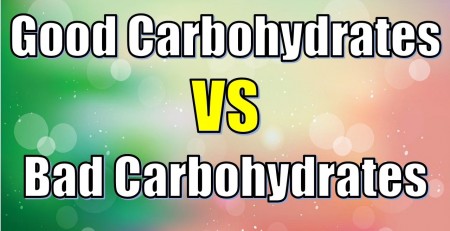





Leave a Reply